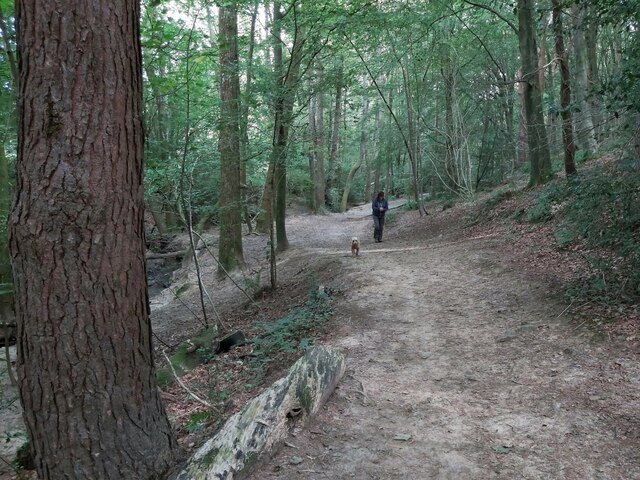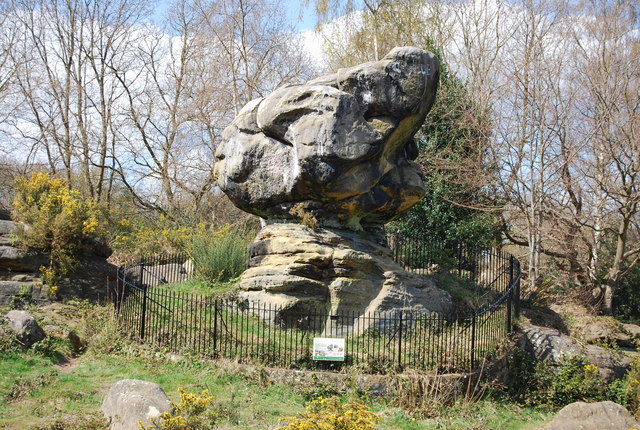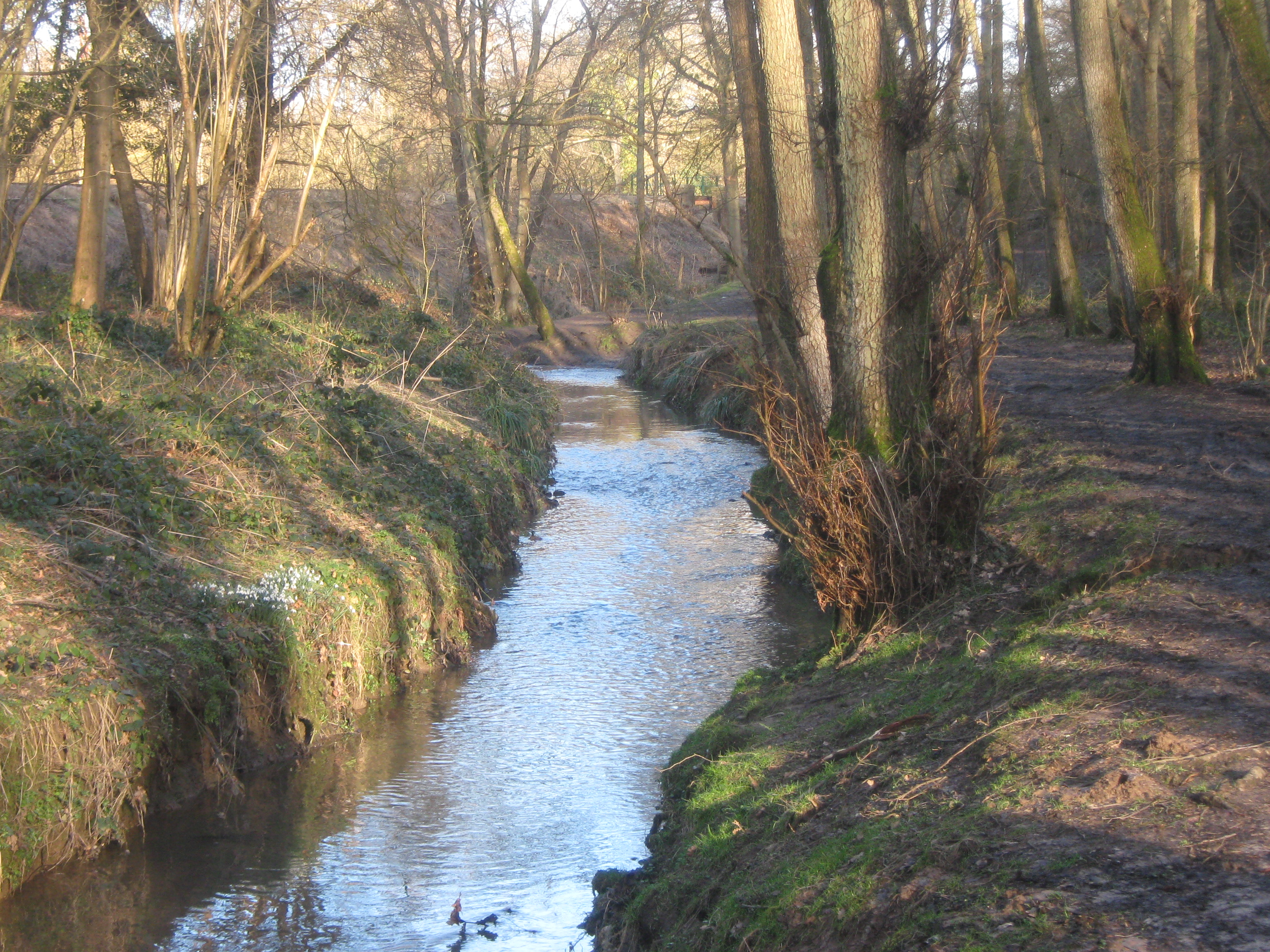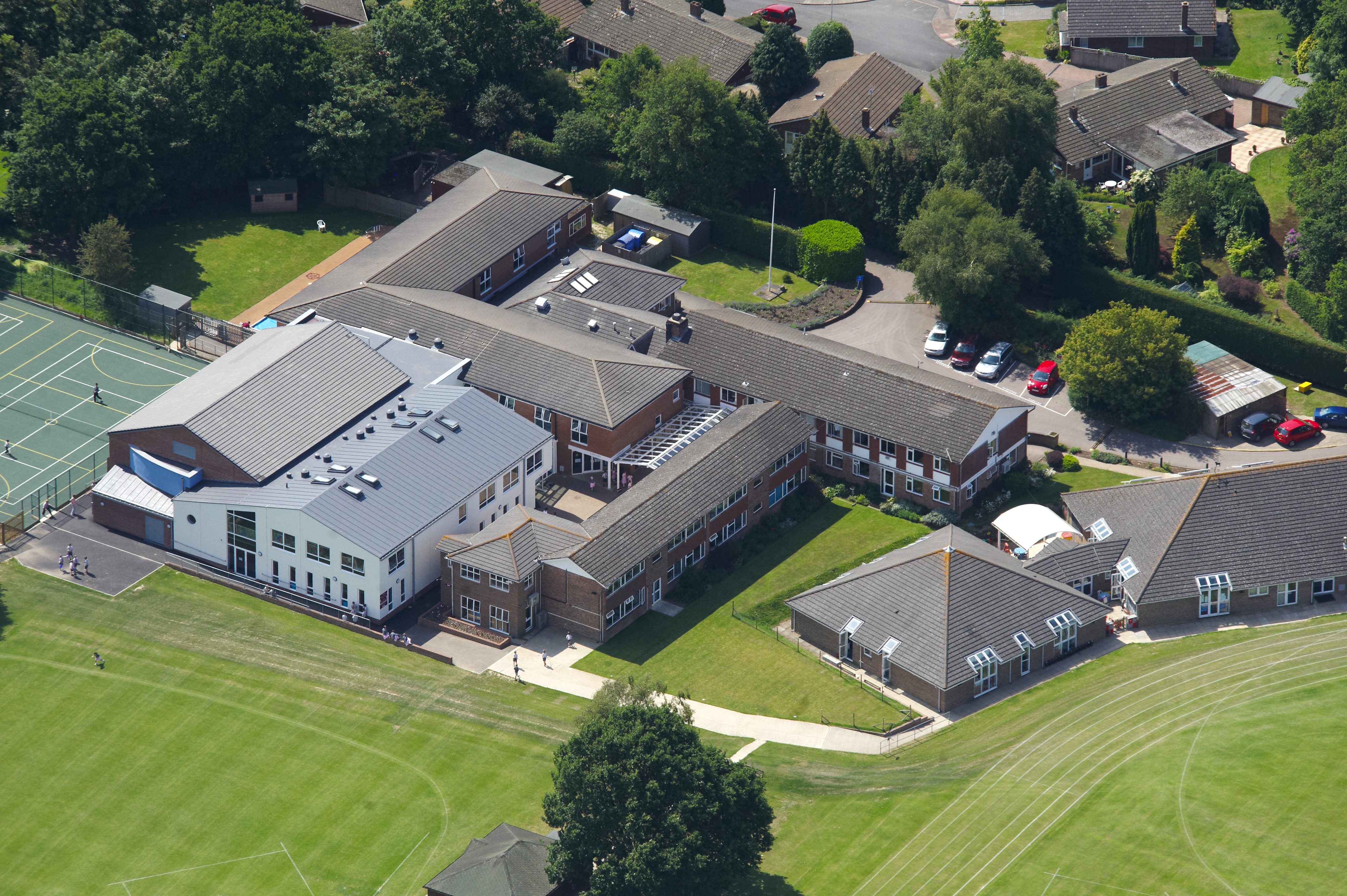Rusthall Common
Wood, Forest in Kent Tunbridge Wells
England
Rusthall Common

Rusthall Common is a picturesque woodland area located in the village of Rusthall, in the county of Kent, England. Covering an expansive area of approximately 250 acres, it is a place of natural beauty and tranquility. The common consists mainly of woodland, with a mix of broadleaf and coniferous trees, creating a diverse and vibrant ecosystem.
The common is a popular destination for nature enthusiasts, walkers, and families seeking a peaceful retreat from the bustling towns and cities. It offers a network of well-maintained footpaths, allowing visitors to explore the area and discover its hidden gems. These paths wind through the dense woodland, revealing scenic views, babbling streams, and an array of flora and fauna.
Rusthall Common is home to a variety of wildlife, including deer, badgers, foxes, and a multitude of bird species. It provides a habitat for many protected and endangered species, contributing to its importance as a nature conservation site.
In addition to its natural beauty, the common also boasts several recreational facilities. There are designated picnic areas, providing a perfect spot for families and friends to enjoy a leisurely lunch surrounded by nature. The common also features a children's play area, ensuring that younger visitors are well catered for.
Overall, Rusthall Common is a cherished natural haven in Kent, offering a peaceful escape into the heart of nature. Whether one is seeking a quiet walk, a family outing, or a chance to spot some wildlife, this woodland paradise is sure to leave visitors with lasting memories of tranquility and beauty.
If you have any feedback on the listing, please let us know in the comments section below.
Rusthall Common Images
Images are sourced within 2km of 51.132197/0.23501925 or Grid Reference TQ5639. Thanks to Geograph Open Source API. All images are credited.









Rusthall Common is located at Grid Ref: TQ5639 (Lat: 51.132197, Lng: 0.23501925)
Administrative County: Kent
District: Tunbridge Wells
Police Authority: Kent
What 3 Words
///under.tinned.tissue. Near Rusthall, Kent
Nearby Locations
Related Wikis
Rusthall
Rusthall is a village located approximately 2 miles to the west of the spa town of Tunbridge Wells in Kent. The village grew up around a large property...
St Paul's Church, Rusthall
St Paul's Church is a Church of England parish church in Rusthall, Kent, England. It is a Grade II listed building. == History == St Paul's Church was...
Rusthall Common
Rusthall Common is a 2.7-hectare (6.7-acre) geological Site of Special Scientific Interest in Rusthall, a suburb of Tunbridge Wells in Kent. It is a Geological...
Spa Valley Railway
The Spa Valley Railway (SVR) is a standard gauge heritage railway in England that runs from Tunbridge Wells West railway station in Tunbridge Wells to...
Friezland Wood
Friezland Wood is a woodland in Kent, England, near Tunbridge Wells. It covers a total area of 7.69 hectares (19.00 acres). It is owned and managed by...
Rusthall F.C.
Rusthall FC is an English football club located in Rusthall, near Royal Tunbridge Wells, in Kent. The club plays in the Southern Counties East League Premier...
Rose Hill School
Rose Hill School is a co-educational preparatory school in Royal Tunbridge Wells, Kent, England. It is a member of the Independent Association of Preparatory...
High Rocks railway station
High Rocks railway station is a station on the Spa Valley Railway in High Rocks, East Sussex, England. The original High Rocks Halt opened on 1 June 1907...
Nearby Amenities
Located within 500m of 51.132197,0.23501925Have you been to Rusthall Common?
Leave your review of Rusthall Common below (or comments, questions and feedback).














